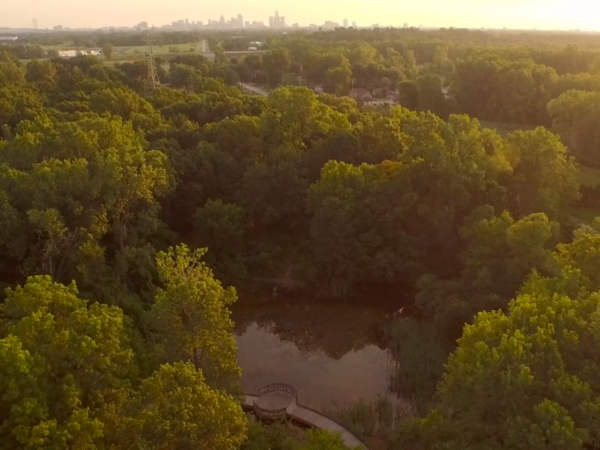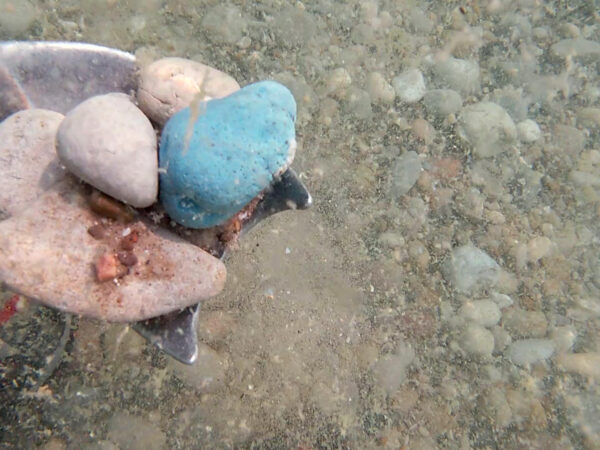
A four-year research project looking into the impact of microplastics on freshwater ecosystems and on agricultural soils will have important implications for the Great Lakes, said its principal researcher.
Funded by the Canadian government, the $1-million project was announced in May. It will measure microplastic levels in wastewater from treatment plants draining into Ontario rivers and streams that feed into the Great Lakes.
Plants differ in their approach to treating wastewater, and so the team of university, government and private researchers hopes to better understand which treatments are best able to deal with microplastics.
Follow-up lab work will examine microplastic levels in creatures living in those rivers and streams, including worms, insect larvae and mussels.
“We’ll expose them to both microfibers and microparticles to see what kind of exposure we need before we start seeing bad effects,” said the project’s lead, University of Guelph ecotoxicologist Ryan Prosser.
“Freshwater mussels strain water and pick out particles to eat. Can they differentiate between algal cells and microfibers? And what about Mayflies? As people who live on the Great Lakes know, they are an important food source for birds and other animals.”
Prosser will be on the lookout for both physical and chemical toxicity. In the case of physical toxicity, he wants to know if microplastics are blocking organisms’ digestive tracts. For chemical toxicity studies, he wants to know if the chemicals used to make plastics are affecting bodily functions.
Results from previous research have offered conflicting evidence about the particles’ impact on aquatic creatures. Some show harmful effects to fish – liver stress, changes to gene expression and decreased metabolism – while others show no effect.
Prosser and his team will also study the particles’ impact on crop plants and on organisms ingesting the material in soil. They hope to have results by 2025 to share with governments and policy makers to help them target ways to lessen contamination risks.
While the research focuses on Canadian sources of microplastic pollution, Prosser said he and his team will present their findings at conferences in the United States.
“We’ll be sharing our information outside of scientific publications too, and the publications will all be open source,” he said. “The knowledge translation part of this is really important.”
Catch more news on Great Lakes Now:
Chemical Impact: Microplastic pollution more complex than we think, says new research
Chemical Hitchhikers: Great Lakes microplastics may increase risk of PFAS contaminants in food web
Plastic debris is getting into the Great Lakes, our drinking water, and our food
Algae may vacuum microplastics, but also indicates greater health threat
Plastic Trap: New project pulls plastics out of the lakes, one floating garbage can at a time
API key not valid. Please pass a valid API key.Featured image: Plastics and microplastics on a beach (Great Lakes Now Episode 1004)




